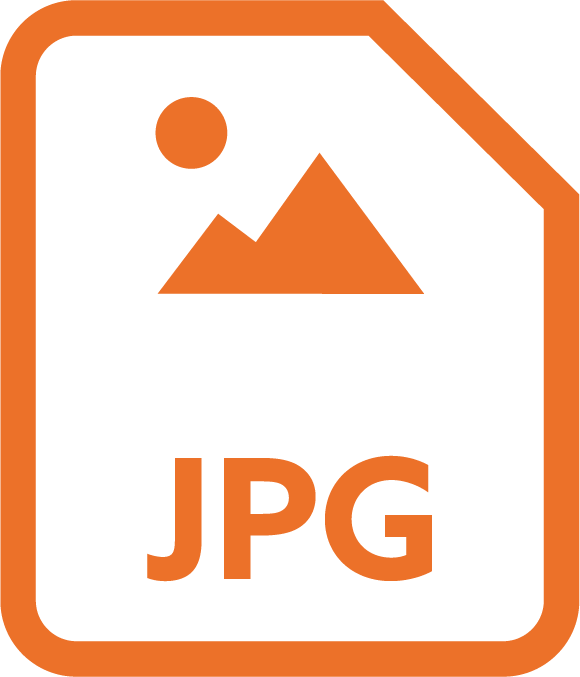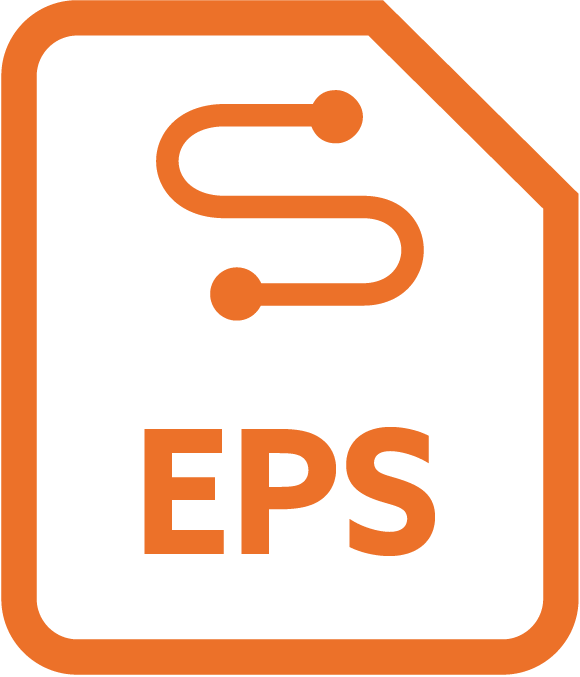Picture this:
Your business just went through a rebrand. Now you have a shiny new logo that you’re very proud of (and hey, you deserve it!) It’s time to show it off. Next, you want to update your business cards and put up a billboard. The printer asks for the .eps version of the logo.
The what version of the logo?
With tons of different image formats to choose from, choosing the right format at the right time can be challenging. Have no fear, we’ve got your back!
The Image Formats
There are multiple file formats that you can share images in, but it really comes down to where the image will be appearing. Here are the best practices for some of the most common image formats:
JPG
The JPGs are provided in two color variants, CMYK (for print) and RGB (for web or digital). JPGs are raster files, meaning they can get pixelated if scaled up.

PNG
With a smaller file size, PNGs are good for web/digital. PNGs have a transparent background so they can be placed on a color background or on top of a photo without a white box around the artwork. As a raster file, PNGs can get pixelated if scaled up.

EPS
A vector file created in Illustrator, this file type can be scaled up or down without losing quality. An EPS is the recommended file type for anything that gets printed, from signs to apparel to vehicle wraps. An EPS file is generally preferred by professional printers.

SVG
Similar to a PNG, SVGs are great for web/digital design. SVGs are vector files, so they can be scaled up or down without losing quality.
